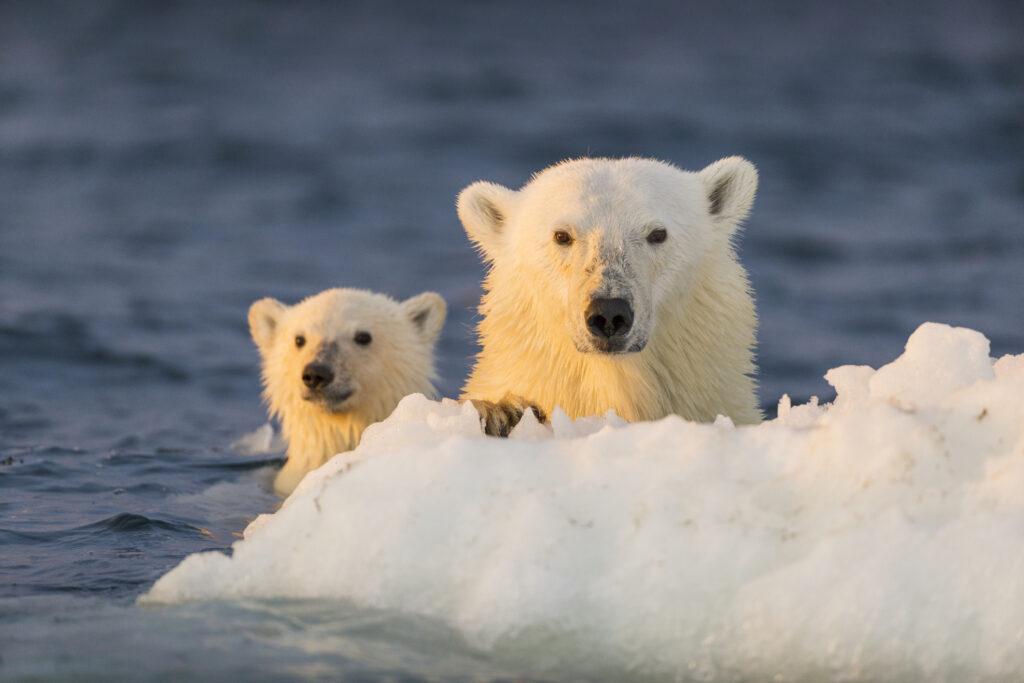Exports from the Pacific Northwest are an ongoing battleground in the environmental war on coal. Last week, the Sierra Club and three other groups announced that they would file suit against Burlington Northern Santa Fe Railway and six coal companies over shipments of coal in open-topped train cars. The announcement is an escalation in the three-year battle to stop new export terminals proposed for ports in Washington and Oregon. Underlying all the rhetoric is a concern that mankind is causing dangerous global warming.
In 2010, Peabody Energy, Cloud Peak Energy, and Australia-based Ambre Energy announced competing plans to build export terminals in the Pacific Northwest to ship coal to Asia, with Arch Coal joining the fray in 2011. Five new export terminals have been proposed. Coal would be shipped by rail from the Powder River Basin coal mines in Montana and Wyoming, loaded on ships at the proposed terminals, and transported across the Pacific Ocean to meet the growing demand for coal in China and Asia. Potential coal exports to Asia are estimated at between 50 and 100 million tons annually. Environmental groups and students have mounted a growing campaign to oppose construction of the terminals and the planned coal exports.
The Sierra Club and other opponents claim that rail transport of coal is responsible for “emitting coal into waterways in many locations across Washington” in the form of coal dust and that this violates the Clean Water Act. They fear that, if the export terminals are built, additional coal trains will add to the problem. “Coal is a toxic pollutant and this action today seeks to stop illegal pollution and keep our river free of dirty coal,” said Brett VandenHeuvel, Executive Director of Columbia Riverkeeper.
Shipping coal by rail and exporting coal is nothing new. In 2011, the US exported 89 million metric tons of coal, up 143 percent from 2002. Most of those exports went through the East Coast ports of Norfolk, New Orleans, and Baltimore to Europe, which is using more coal―not less. Most of this coal was delivered to ports by rail and water pollution has not been a major issue.
Neither is coal dust new. In 1900, coal provided 70 percent of US energy consumption. Factories, railroads, electrical utilities, and home furnaces were powered by coal. During the 1940s and 1950s, fallen snow in Chicago was blackened with coal dust after only a few days. Homeowners washed their walls once a year to remove accumulated coal dust. But thanks to cleaner-burning coal-fired plants and our nation’s shift to natural gas and petroleum, US emissions of coal dust today are at a 50-year low.
While environmentalists complain about coal dust, the real reason they hate coal is their acceptance of the ideology Climatism, the belief that man-made greenhouse gases are destroying Earth’s climate. In 2009 Dr. James Hansen stated, “The trains carrying coal to power plants are death trains. Coal-fired power plants are factories of death.” Environmental groups believe burning coal will cause catastrophic climate change, so “coal dust” is used as an excuse to try to halt coal exports.
But there is no empirical evidence that human greenhouse gas emissions are causing dangerous global warming. Carbon dioxide is a trace gas. Only four of every 10,000 air molecules are carbon dioxide. Ninety-nine percent of Earth’s greenhouse effect is natural, caused by water vapor and natural greenhouse gas emissions from oceans and the biosphere. Global temperatures have not increased for more than ten years, despite a continued rise in atmospheric CO2, confounding the climate models. And despite the furor over Hurricane Sandy, history shows that storms, floods, and droughts today are neither more frequent nor more severe than in past centuries.
Yet, protests against coal in the Pacific Northwest continue to escalate. It seems that “yes we can” works except in the case of export terminals and pipelines.
[First Published at The Washington Times]





